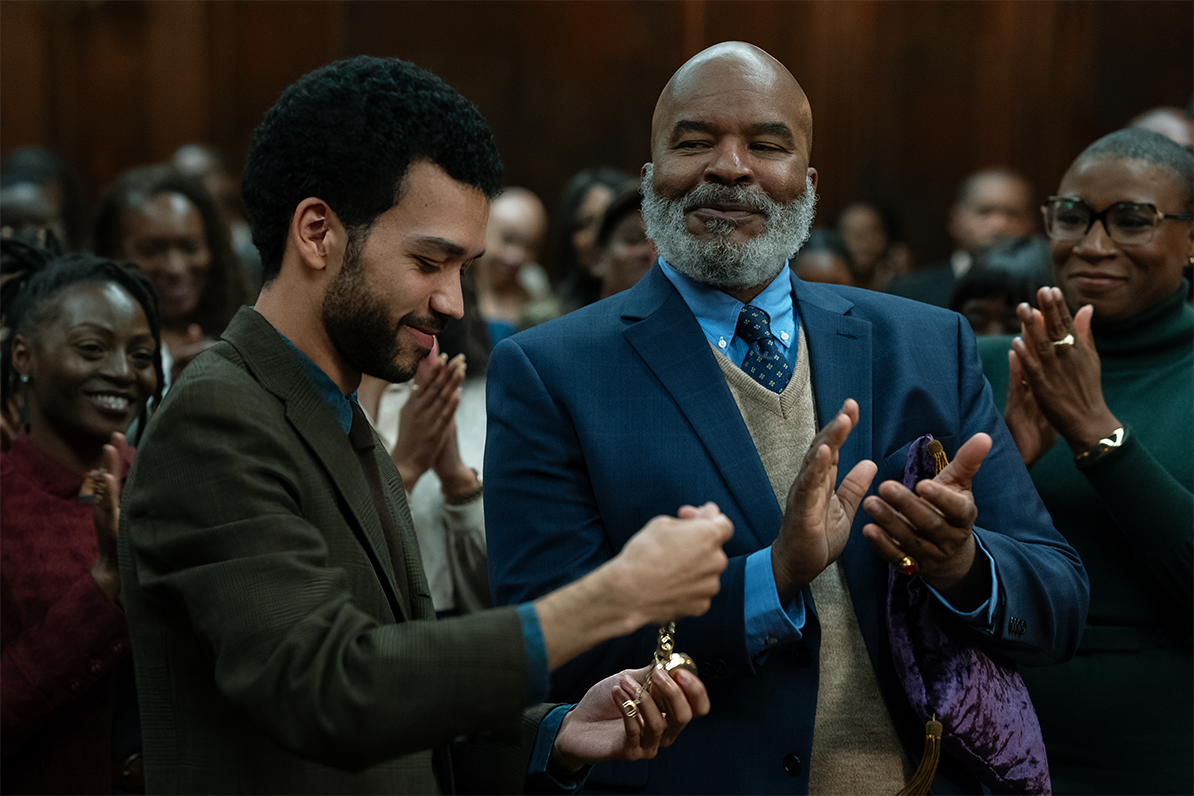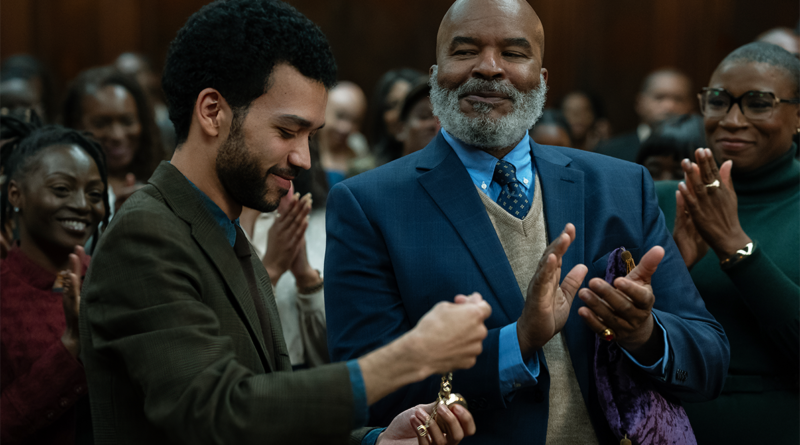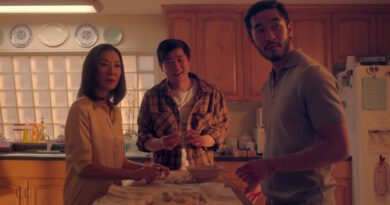‘The American Society of Magical Negroes’ backlash explained

The first trailer for The American Society of Magical Negroes has dropped, and instead of expressing excitement for comedian-turned-writer/director Kobi Libii’s debut film, many on social media were left confused.
This was not “Black Hogwarts” as many had thought based on the name and initial poster which showed a hand holding a membership card for the aforementioned Society of Magical Negroes. Instead, the trailer revealed that this film was going to be a satirical romantic comedy.
The film, which will premiere in January at the Sundance Film Festival, follows Aren (All The Bright Place’s Justice Smith), a recruit for the society of “magical negroes,” whose main mission is to use their powers to make white people’s lives easier. Assigned to a young white man (The Other Two‘s Drew Tarver), Aren’s getting the hang of their role, cajoling the guy so he’s never in a dangerous place of discomfort. But as they both develop feelings for a co-worker (An-Li Bogan), Aren questions whether it is okay to put white people’s comfort over his own.
Once the trailer revealed the plot, three camps arose on X (formerly Twitter): 1) Those disappointed because they expected a film about Black people doing magic without the Black trauma; 2) Those let down that the film is a satirical romantic comedy employing a problematic trope; 3) Bad-faith actors trying to portray the film as anti-white racism.
We’ll ignore the last camp since those are just trolls pushing a divisive narrative for clicks, but some on X were vocal and genuinely put off by the film genre bait-and-switch.
The “Magical Negro” trope, explained
The concept of the “magical negro” trope, coined by filmmaker Spike Lee in 2002, refers to Black side characters who solely exist to help white characters with their problems.
This trope has historical roots that can be traced back to 15th and 16th-century Spanish theater. This period, marked by exploration and colonial expansion, often depicted characters of African descent in literature and theater in a way that was intended to be mystical or otherworldly. In later centuries, especially in the context of American cinema, this trope evolved. The “magical negro” character is typically portrayed as a supportive figure possessing special insight or mystical powers, often used to aid the white protagonist.
This character is usually portrayed as subservient or secondary to the main white characters, reflecting a lingering, if not direct, echo of the master-slave dynamic from historical times—thus recontextualizing the dynamic as a mutually beneficial relationship.
First seen in cinema with Disney’s Song of the South, notable films that include this trope are The Legend of Bagger Vance, The Green Mile, Ghost, and most recently Green Book. It’s even been lampshaded in popular culture by Key & Peele and other Black comedians in the past:
This trope serves several purposes. On one hand, it is an attempt to include African-American characters in mainstream media, albeit in a limited and often stereotypical way.
On the other hand, it subtly perpetuates racial stereotypes and power dynamics by continually casting Black characters in roles where their primary function is to support, enlighten, or aid white characters, rather than being fully fleshed-out individuals in their own right. Thus, the trope inherently promotes white supremacy by reinforcing the idea that the value of Black individuals is measured by their utility to white narratives.
This trope’s persistence in modern media reflects ongoing challenges in representation and storytelling. It suggests a need for more nuanced and diverse portrayals of Black characters, moving beyond archaic stereotypes to embrace the full complexity and humanity of individuals of all backgrounds.
Why is The American Society of Magical Negroes facing backlash?
The main gripe of many on social media and especially on X (formerly Twitter), is that the movie being marketed is not the movie they thought it was going to be — and the general misunderstanding of what the term “magical negro” means.
As expressed in these tweets, some said they desire representation that celebrates the full spectrum of Black life and culture, beyond narratives centered on suffering and adversity. It’s an especially valid sentiment in the wake of poorly received race horrors like Antebellum, Them, and Bad Hair, or depictions of Black men as villains in superhero movies like Ant-Man and the Wasp: Quantumania, Guardians of the Galaxy, Vol. 3, Aquaman and the Lost Kingdom.
It’s why Black Panther, despite not being the greatest movie ever, is the cultural phenomenon it is. Black Panther offered a refreshing change, allowing Black viewers to see themselves in stories that are empowering, uplifting, and affirming of their identities without the weight of trauma.
This isn’t to say The American Society of Magical Negroes is going to fall flat with its intended audience. The film doesn’t release until March of next year, so most of us will have to wait well past Sundance to know what its final cut contains. As of now, we only have a poster, one trailer, and a plot synopsis available to us. What we see now may not be representative of the final product (Just look at how Sorry To Bother You‘s third act dials the satire to 11). However, what we’re seeing at the moment isn’t all that impressive.

